7
In this lesson we will be expanding our knowledge about different foods while seeing them as a means of research and family history - their countries of origin, what they tell about social, geographic and historical processes. Through food we will deepen the historical and social understanding of the students' family story and recognize and understand the effects that various elements such as history, culture, geographical space, etc. have on personal identity, even when we are completely unaware of these influences.
Let's start the lesson by asking the following question: Who was not born in this country? Whose parents were not born in this country? Whose grandparents were not born in this country? Whose great grandparents were not born in this country?
The idea of this question is to show that the Jewish people throughout history have come from all over the world. They bring different cultures, languages and food with them and their families to new places.
Today we will talk about food and see how we can learn about our family roots and family history from the food we eat. In Hebrew the word for a tablecloth is “mappa shulhan” which means the ‘map on the table’. We will use the tablecloth to act as a map of the various places that our roots come from. We will use this table map to show the roots of our ancestors via the food that we put onto of this map on our table.
In order to dive into the subject, we will play a guessing game in groups. We will divide the class into several groups that will compete with each other. The team that has the most correct guesses is the winner.
The changes from tribe to tribe or group to group in a food like the cholent tells us a story about the place of food within a culture but also about what the story of the culture can be revealed through the food.
Irving Naxon was an American inventor, who is most famous for inventing and patenting the slow cooker. He was also the first Jewish engineer who worked for Western Electric. He came up with over 200 patents, for everything from washing machines to sending data over telephone wires. But one of his most popular ideas was inspired by his mother's stories of making cholent in Lithuania. His daughter told her father’s stories of growing up in Lithuania where Irving’s mother would walk over to the village bakery, where, as the ovens were turned off for the Sabbath, the pot of cholent would be put in the oven. The slow, residual heat of the cooling oven over the course of the afternoon and overnight and the following morning was enough to cook the cholent and keep it hot and ready to eat. After the Shabbat service on Saturday, his mother would go to the closed bakery to pick up their pot of Cholent for a warm Sabbath meal. Everyone in the community had their own pot that they would carry home to enjoy with their families.
This story was Irving Naxon’s inspiration for his invention. The crock-pot or slow cooker was first called the Naxon Beanery, but that name didn’t stick. The idea of Cholent or Hamin began in the Middle East, and ended up with Irving’s mother in a little shtetl in Lithuania, and thanks to the crock pot, into millions of homes all around the world!
Food as a storyteller
As we can see from the story about Irving and his mother, food can be a great way to tell stories. Let's think about the Friday table at your house, what foods do you see? Are there special foods that characterize your ethnicity (or the variety of ethnicities in the family)? Who is responsible for preparing the food (do the children also take part in the preparation)? At what events do you eat as a family? Are there any special events that you particularly remember and are related to food?
Is there a difference between your house and your grandparents' house when it comes to food? What do they eat that might be different from you? Who prepares the food at your place?
It is useful to explain to the students that this discourse allows them to hear about the variety of ethnic foods they know, and we can also learn about the social processes of which we are a part (for example, the growing equality between the sexes for meal preparation and clean-up, the emphasis on a healthy, vegetarian and vegan diet, etc.) and that there is no single model. There are families who make sure to eat together every day, there are those who gather to eat together on special occasions, there are those who make sure to eat homemade food and keep traditions that are passed down from generation to generation, there are those who mainly like to eat out, and so on. Either way, for many families, food is a means used to tell a story about the family. Because food doesn't just relate to how we nourish ourselves so we don't go hungry, it teaches us about the family customs, about the traditions we come from and how we treat them (what we choose to adopt and pass on to the next generation and what we choose to let go and create something new of our own), about the values of our family - do we welcome guests for example? All these can allow us to discover some things about ourselves and our classmates.
Is there a recipe for a food in your family that can tell a story about your family? What is the food? Who makes it? From what country is the food? Food is a great way to tell about your family. Let’s take a look at a website: FOODISH. FOODISH is the culinary wing of ANU - Museum of the Jewish People. Food has an everlasting, compelling story to tell and when curiosity questions the cook and his or her dishes, fascinating elements of culture and history, techniques and ingredients, even specific table settings, bubble up to the surface – all worthy of intriguing investigation. Each journey can reveal intricate, storied threads of hardship, saving graces, lost and found connections, shared destinies, and of course, significant morsels of Jewish history.
Jewish cuisine, just like the Jewish people, is a beautiful and colorful mosaic made up of hundreds of different and varying tastes and techniques. There are recipes that have traveled the world, pulling from ingredients and flavors in each new territory, harnessing new methods and flavors for each dish, while still maintaining their core essence. Kosher requirements, Shabbat observances, the high holidays, and the dates of the Jewish calendar are all collective adherences that have become a common denominator in the kitchens of Jewish communities around the world.
Let’s look at a single recipe from the FOODISH site for Egyptian meatballs called Balahat:
https://www.foodish.org/balahat-egyptian-meatballs/
The site is in Hebrew, but that won’t slow us down for a second! First, we see a picture of the family. What story does their picture tell? Next, we see a picture of people in the kitchen: Who is cooking? Does this look like it does in your family? What is the same? What is different? We see at the end of the article a picture of the meatballs.
Can you tell what country the meatball recipe originates? Does it look like something you would like to eat? Something you would make for your family? Are there any regional ingredients that you do not have where you live? Are there any changes you would make to the recipe so that it would fit your family better?
Can you create a family recipe like the one above? What food will you make? What is the origin of the food? Is there a significance of the food to your family? Who will be in your picture of the preparation of the food? Who will be at the table eating with you? What food will you make? Is it a Jewish food or is it a food that your family likes? Is it a food related to a holiday or festival? How do you feel when you eat this food? Who will sit around your table and enjoy the food with you? Are there any special objects that you will put on your table? Would you like to share your recipe with the entire class?
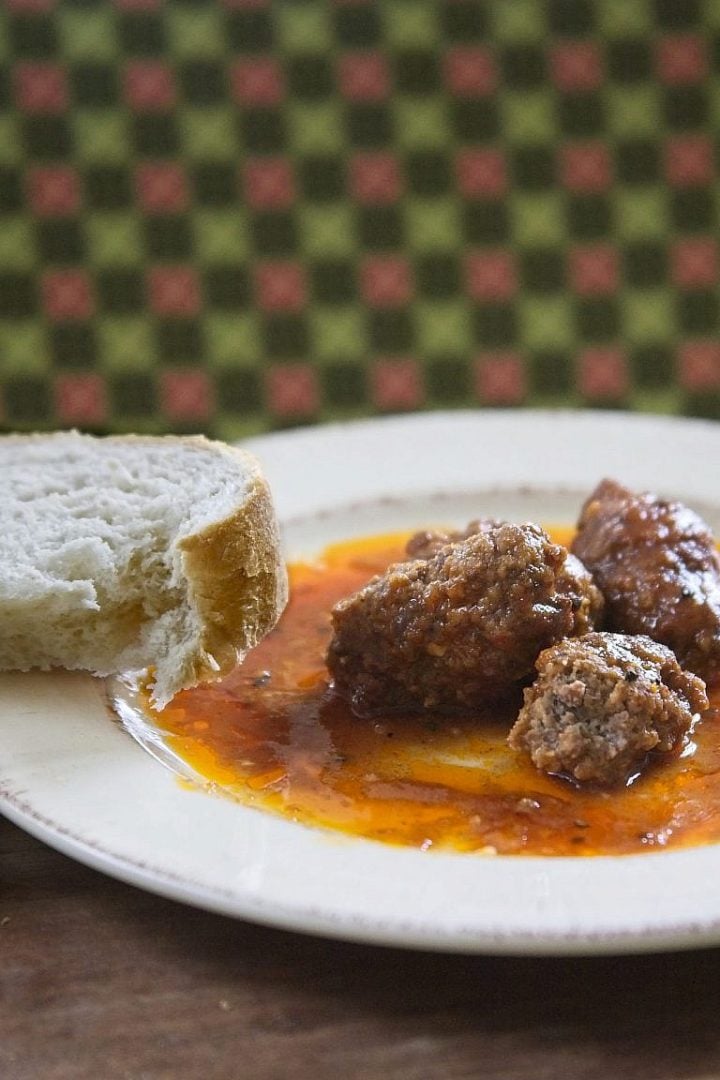
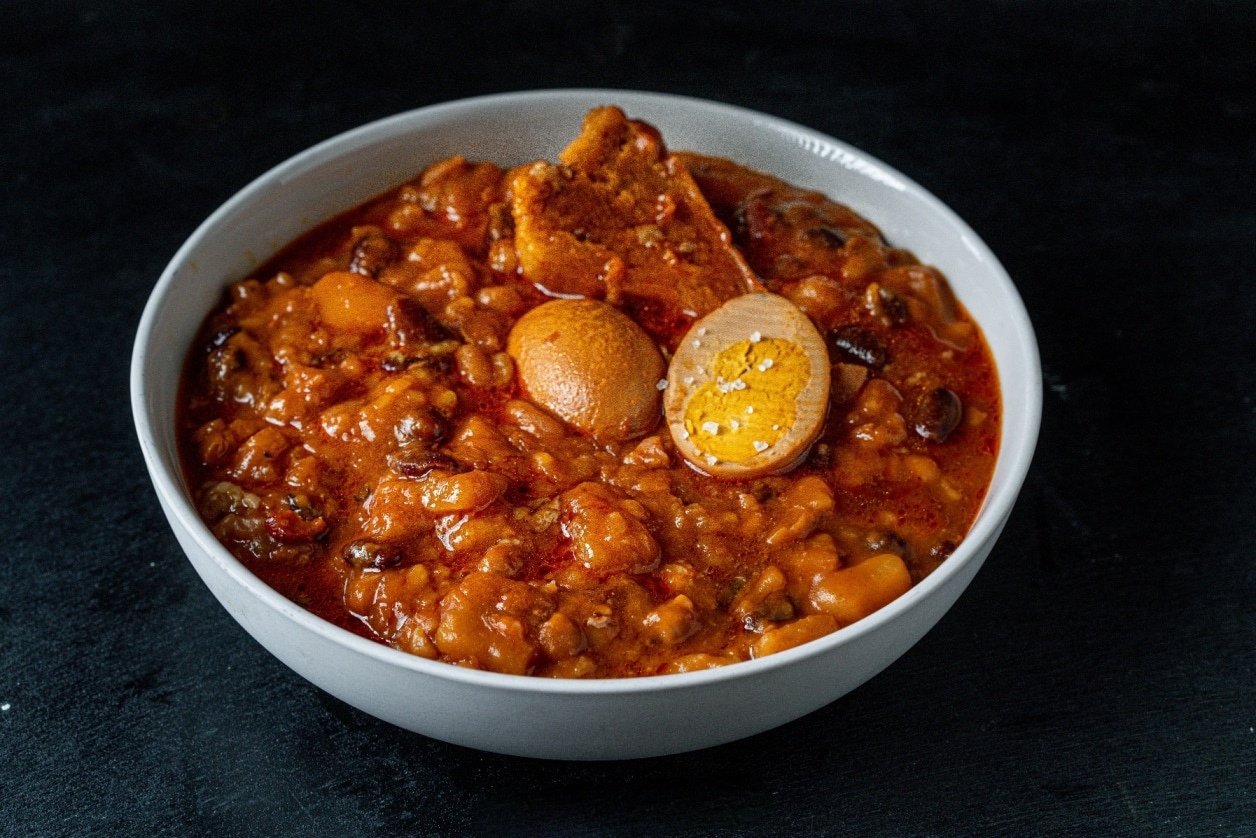
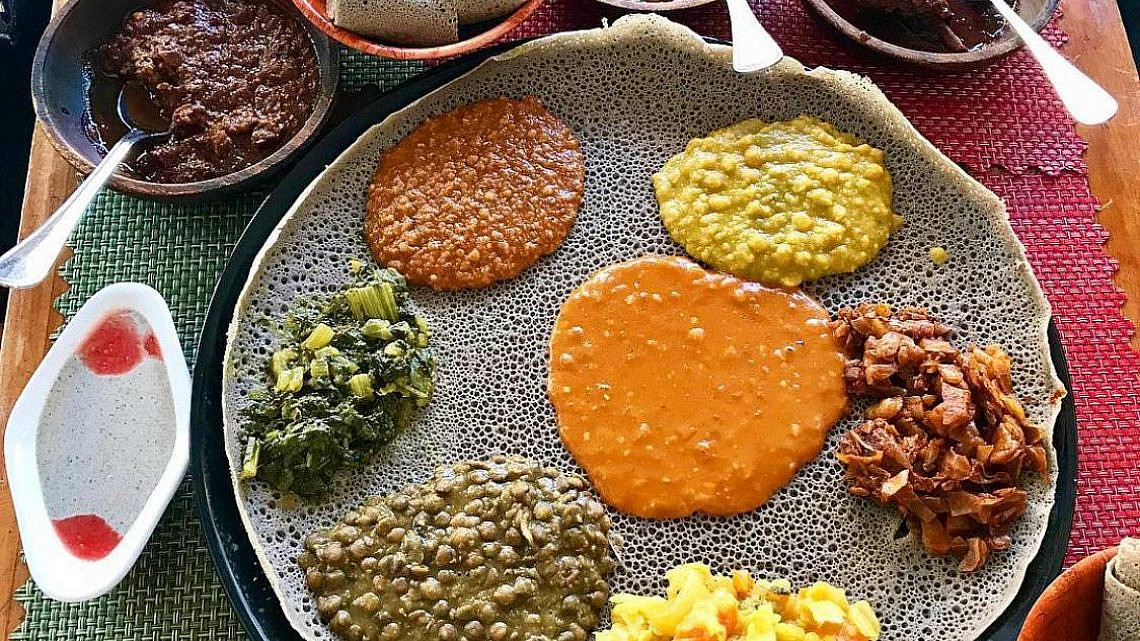

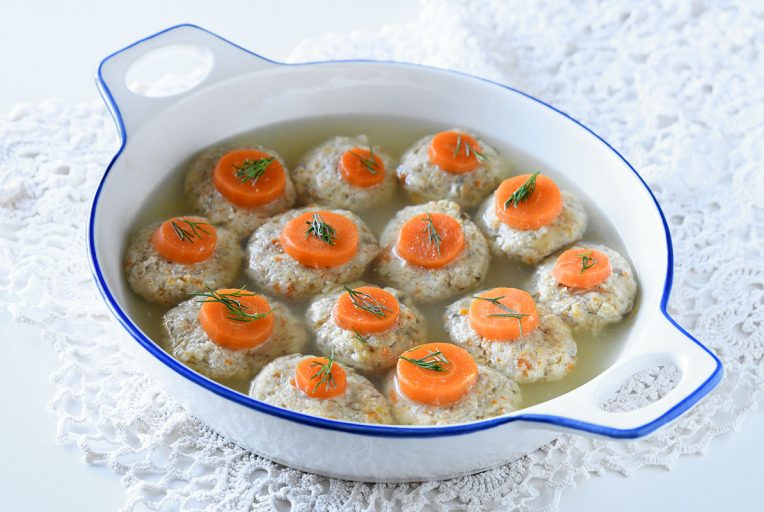
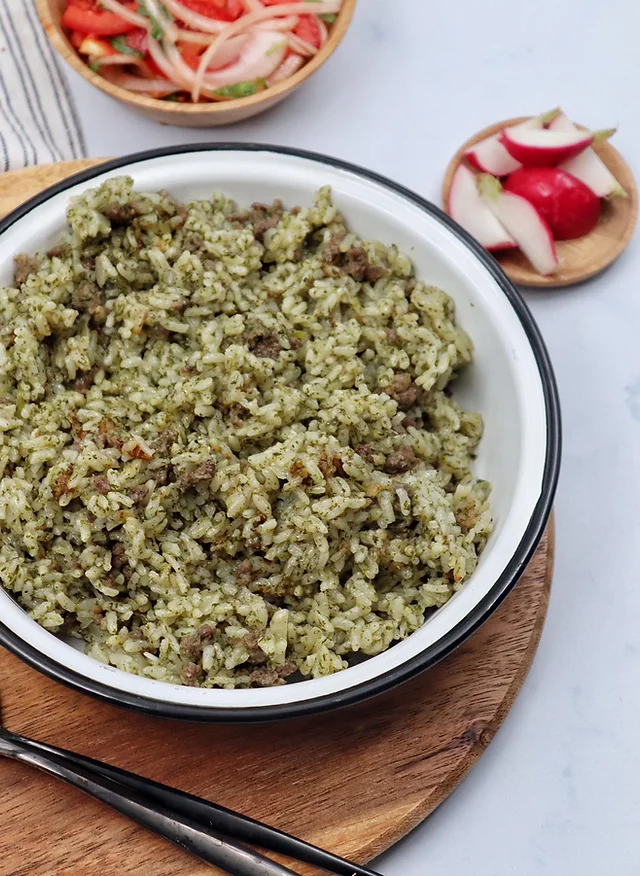
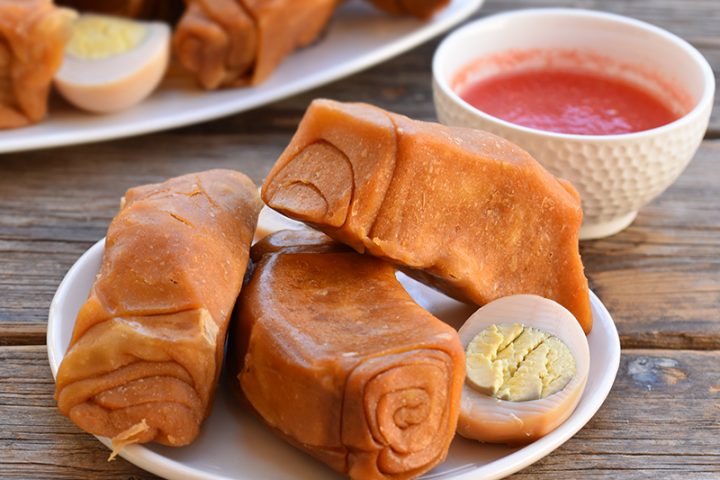
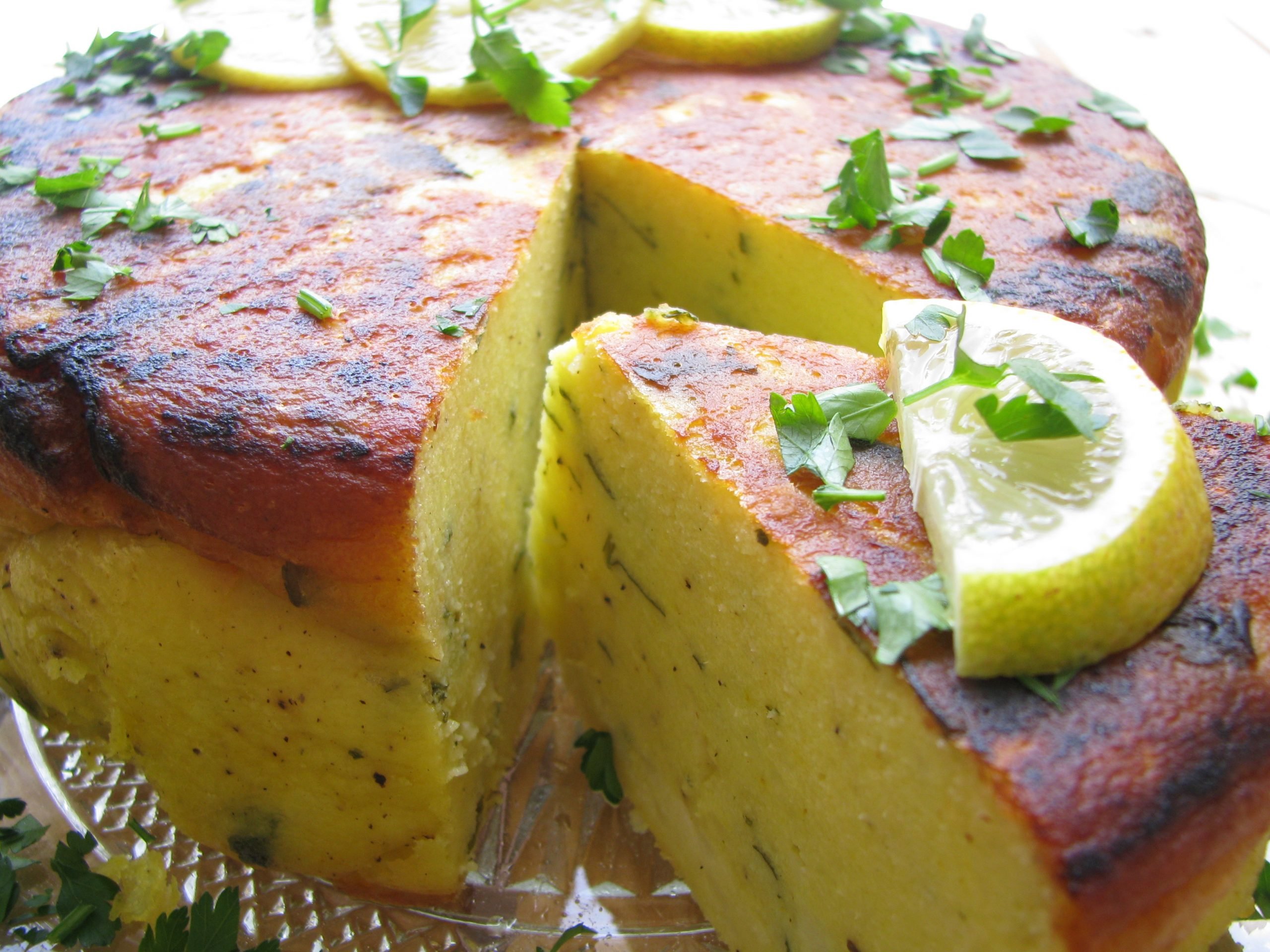
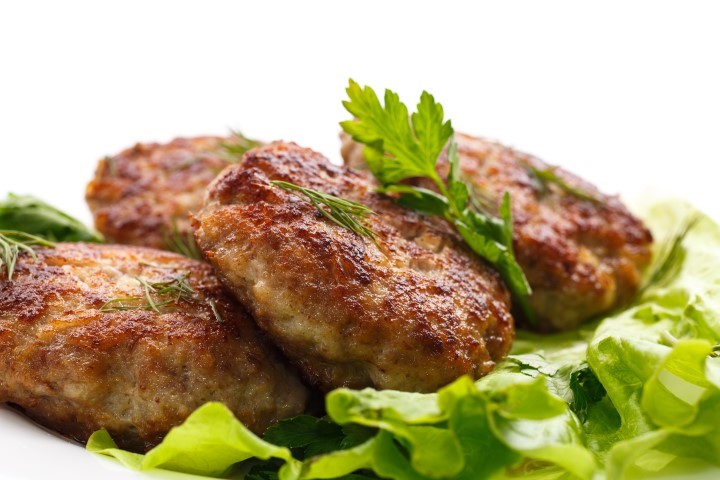
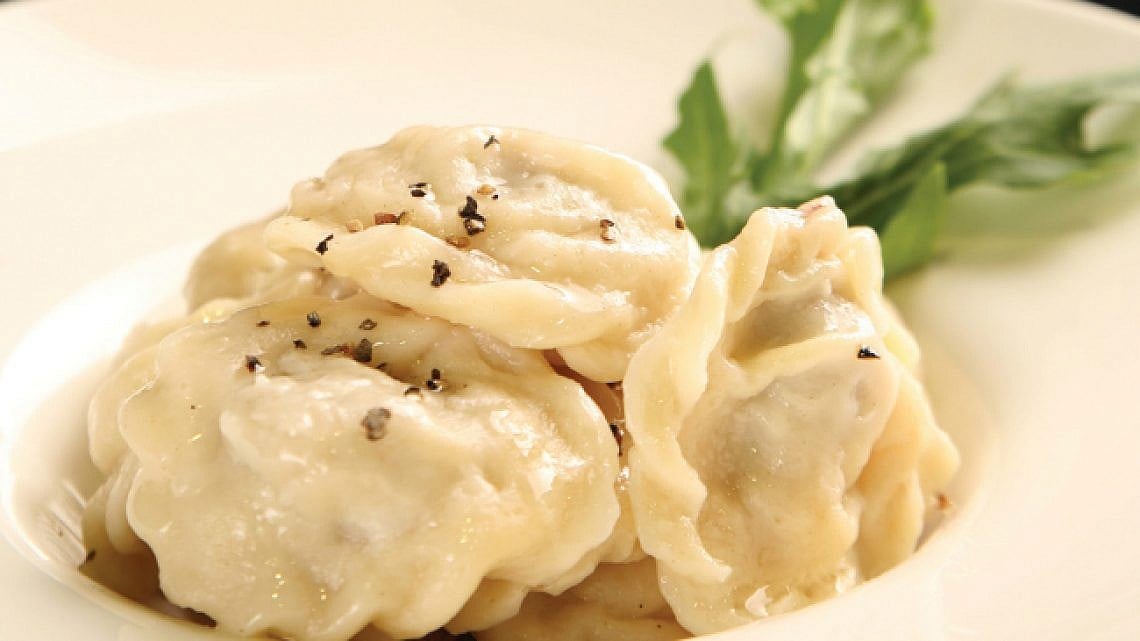
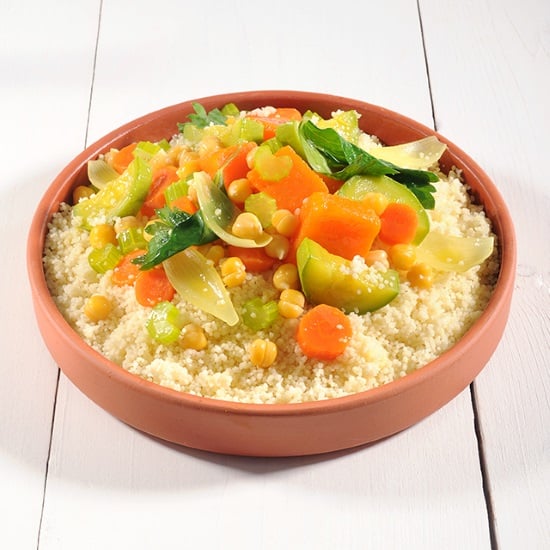
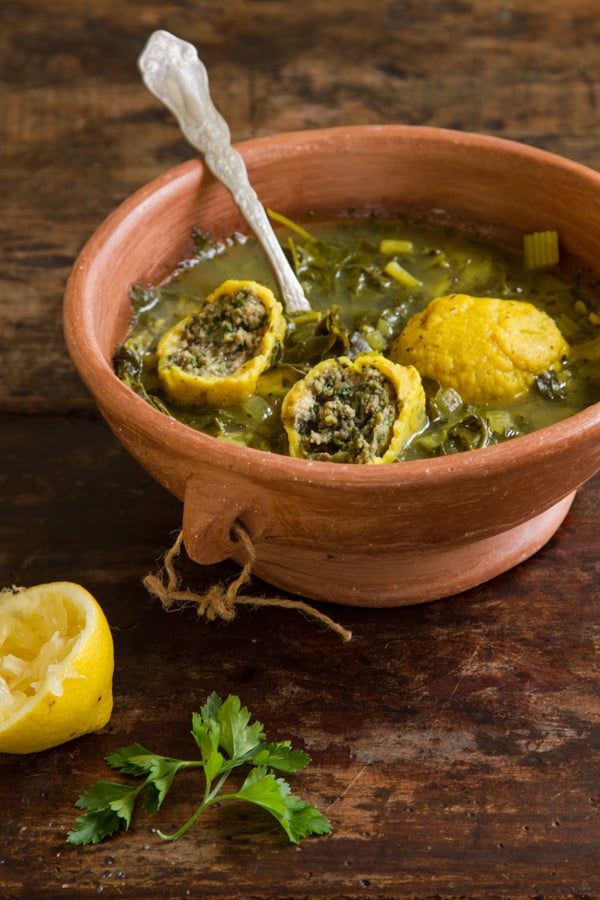
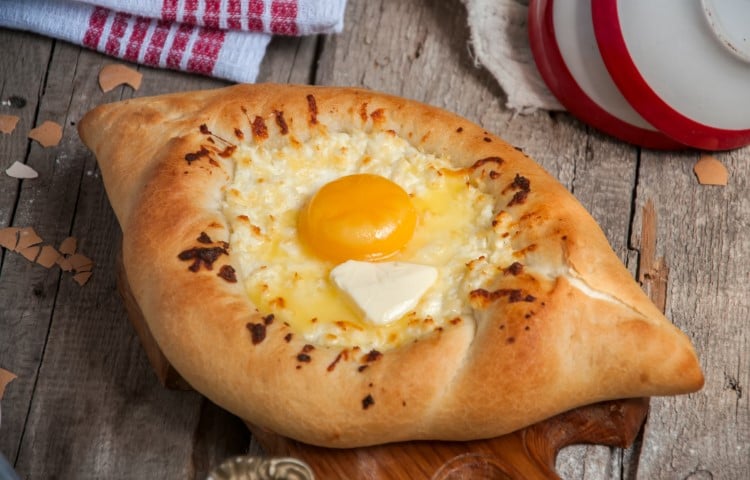
In the gallery on the right you can find pictures of traditional foods from all over the world:
Tsholant/Hamin - several different traditions with slight changes to the recipe
Injera - Ethiopian cuisine
Gondi - Persian cuisine
Gefilte Fish - Polish cuisine
Bakhsh - the Bukhari kitchen
Makouda - Moroccan cuisine
Jahnun - Yemeni cuisine
Prasa patties - Bulgarian cuisine
Pelmeni - Russian cuisine
Couscous - the Tripolitan cuisine
Kubbeh Hamusta - Iraqi cuisine
Acheroli Khachapuri - Georgian cuisine
Egyptian meatball recipe: https://www.foodish.org/balahat-egyptian-meatballs/